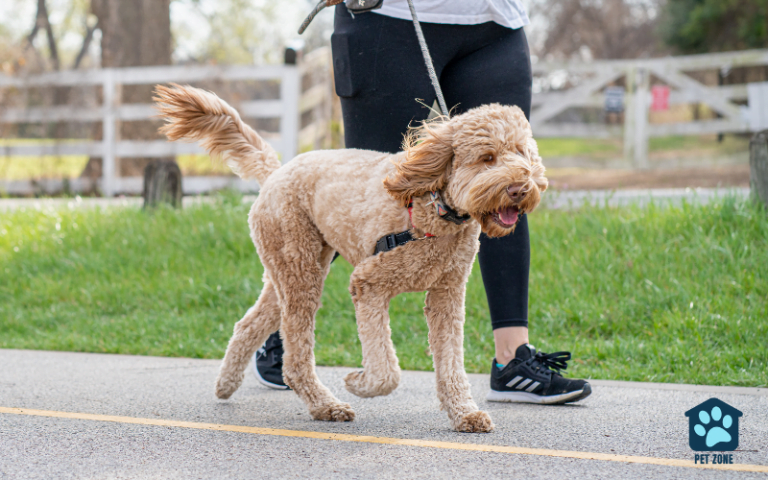Estimated reading time: 4 minutes
Dog years are a way of measuring your dog’s age in relation to the human lifespan. This concept helps us understand the relative age of our dogs. By understanding your dog’s age in human years, you can ensure they receive proper nutrition, exercise, and veterinary care throughout their life.
As a dog owner, you’ve probably heard the age-old saying that one dog year equals seven human years. While this rule of thumb has been around for a long time, it’s not entirely accurate. In this comprehensive guide, we’ll delve into the science behind dog years, debunk common myths, and explore age-related health issues that may affect your canine companion. So let’s get started!
How to Calculate Dog Years to Human Years
The Basic Formula
The basic formula for converting dog years to human years is to multiply the dog’s age by seven. However, as mentioned earlier, this is a rough estimate and not entirely accurate. The reason for this is that dogs age at different rates compared to humans, and factors such as breed, size, and overall health can significantly impact the calculation.
Factors Affecting the Calculation
Breed – Different dog breeds have varying life expectancies and age at different rates. For instance, smaller breeds generally live longer than larger breeds, which means they age more slowly in comparison.
Size – A dog’s size is another factor that affects the rate at which they age. Larger dogs tend to age more quickly than smaller dogs, which is why they often have shorter lifespans.
Overall Health – A dog’s overall health also plays a role in their aging process. A healthy dog that receives regular veterinary care, proper nutrition, and exercise will generally age more slowly than a dog that does not receive the same level of care.
Example Calculation for Different Dog Breeds and Sizes
To account for the factors mentioned above, researchers have developed more accurate formulas for converting dog years to human years based on breed and size. For example:
- Small breeds: Multiply the dog’s age by 4 for the first two years, then by 9 for each additional year.
- Medium breeds: Multiply the dog’s age by 5.5 for the first two years, then by 12.5 for each additional year.
- Large breeds: Multiply the dog’s age by 7 for the first two years, then by 15 for each additional year.
Using these formulas, a 5-year-old small breed dog would be approximately 33 human years old, while a 5-year-old large breed dog would be around 45 human years old.
The Science Behind the Calculation
Biological Basis of Dog Years
The concept of dog years to human years is based on the differences in genetics, metabolism, and overall physiology between dogs and humans. These differences cause dogs to age at different rates compared to humans, especially during their early years.
Factors Influencing the Rate of Aging in Dogs
As discussed earlier, factors such as breed, size, nutrition, and overall health play a significant role in determining the rate at which a dog ages. For example, larger dogs often have shorter lifespans due to their increased risk of health issues, while smaller dogs tend to live longer and age more slowly.
Comparison of Aging in Dogs and Humans
While there are similarities in the aging process between dogs and humans, dogs generally age more quickly, especially during their early years. After reaching adulthood, the aging process in dogs tends to slow down, but it is still faster than that of humans. It’s essential to keep these differences in mind when caring for your dog and ensuring they receive age-appropriate care.
Conclusion
Understanding the concept of dog years to human years and the factors that influence aging in dogs is vital for providing the best care for your canine companion. By debunking common myths and staying informed about age-related health issues, you can ensure your dog receives the proper care they need throughout their life. Remember, knowledge is power when it comes to your furry friend’s well-being. So, use this information to better understand your dog’s age and provide them with the love, care, and attention they deserve.








